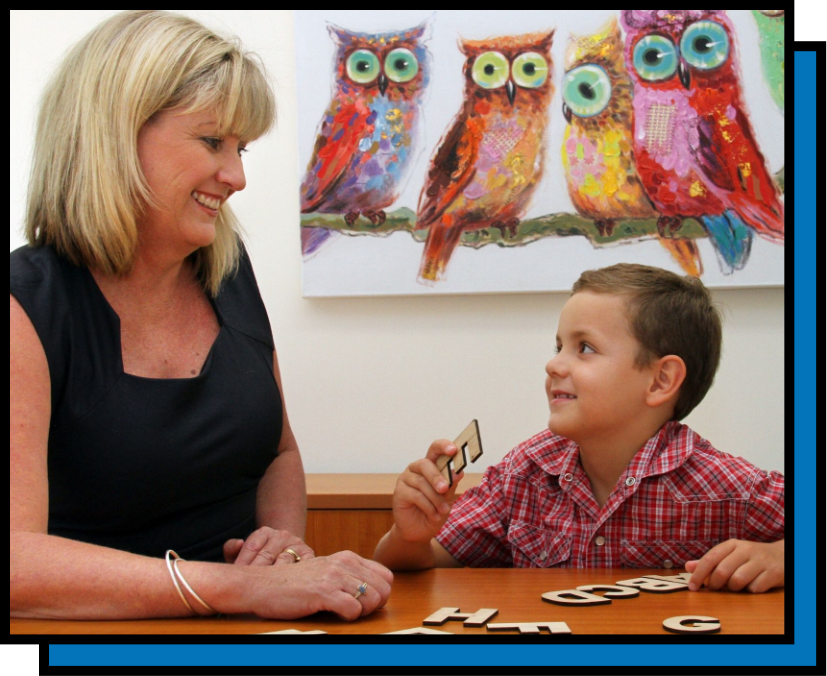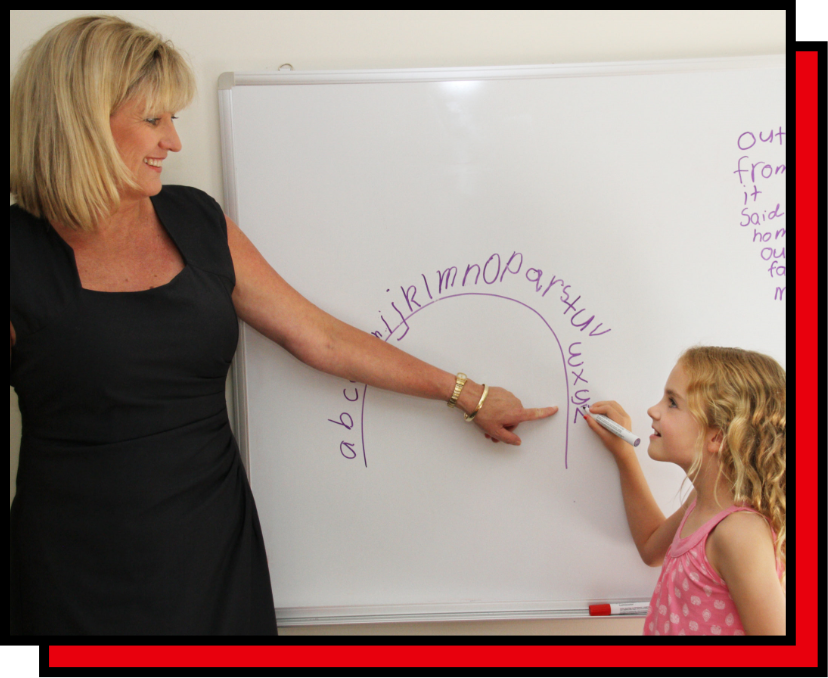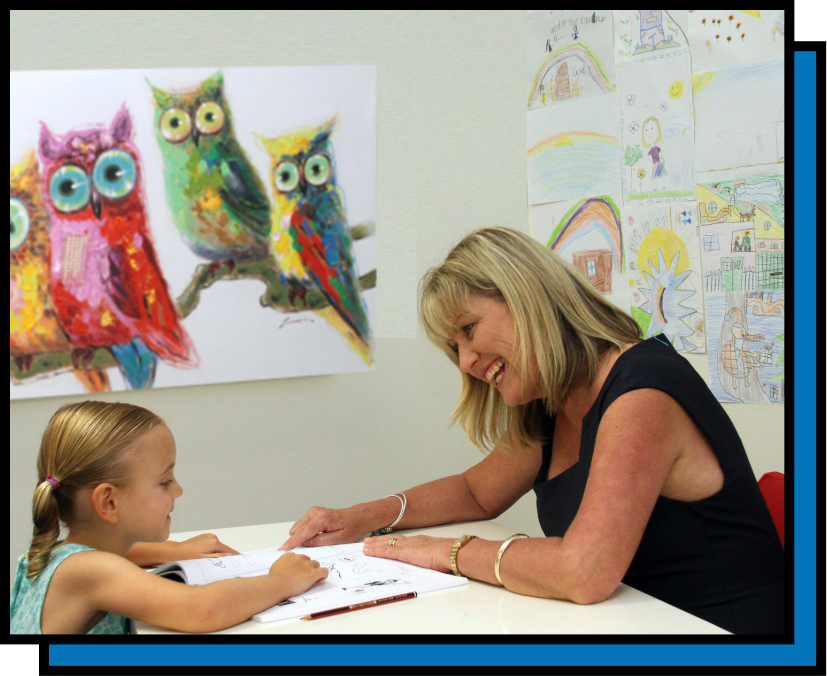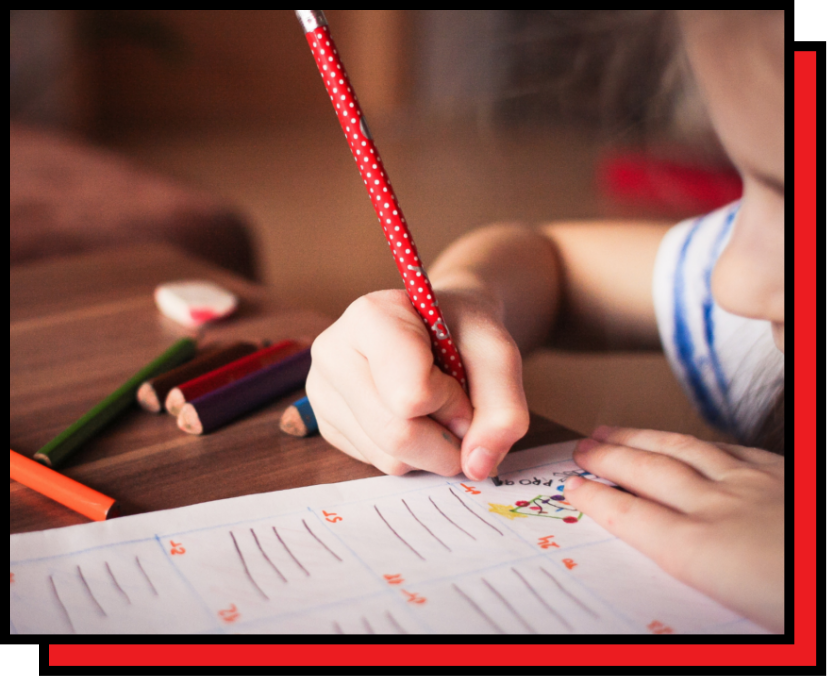‘If a child can’t learn the way we teach, maybe we should teach the way they learn.’
– Ignacio Estrada
CONNECT LITERACY AND LEARNING CENTRE
Connect Literacy and Learning Centre prides itself on offering an explicit, cumulative, sequential, repetitive and multisensory approach to literacy intervention, embedded in a nurturing and fun learning environment.
Recognising the close link between speech and language development and learning to read and spell, Narelle (Centre’s director and specialist literacy teacher) and Karen (Centre’s speech pathologist), have combined their professional backgrounds and areas of expertise to offer evidence-based assessment and intervention.
ENQUIRE NOW
Literacy Assessment
Before commencing online therapy sessions, a detailed assessment of each child’s literacy skills is conducted. Completing an assessment ensures the intervention is tailored to meet the needs of each child.

Specialised Approach to Literacy Intervention
Recent research highlights the importance of providing multisensory, systematic and explicit instruction in literacy. Our ‘phonic approach’ is based on a linguistic model and incorporates the key elements of effective, evidence-based instruction including:
- Phonemic Awareness
- Phonics
- Fluency
- Vocabulary
- Comprehension
The Centre’s multisensory approach also focuses on developing each child’s ability to visualise sequences of letters. This is a necessary skill to facilitate recall of high frequency words.
Connect Literacy and Learning Centre delivers one-to-one intervention sessions with a specialist teacher or therapist online. Parents are encouraged to participate in these sessions so they can support their child’s literacy development at home. Ongoing assessment is also carried out to ensure intervention continues to meet each child’s needs.
What is Multisensory, Systematic and Explicit Instruction?
Multisensory Learning (MSL)
Multisensory learning (MSL) is all about engaging a child’s visual (seeing), auditory (hearing), kinesthetic (motion) and tactile (touch) senses. Multisensory learning provides children with the best opportunity to understand new information and cement it in their long-term memory.
Systematic Learning
Each session follows a carefully planned sequence with each new piece of knowledge building on previously learned skills. The sequence is presented in a logical format starting from simple real and non-words and moving towards complex and multisyllabic words. This type of instruction ensures nothing is left to chance and all sounds are taught in a deliberate progression, from simple to more complex.
Explicit Instruction
A new concept is taught explicitly through modelling (showing the child what to do and how to do it) and guided practise. Immediate feedback is provided as well as ample opportunity to practise the new skill until mastery is achieved.
Learning Differences
We specialise in teaching children with specific impairment in reading (formally known as dyslexia) and specific impairment in spelling, as well as children presenting with a range of other learning differences.


Sounds-Write
Sounds-Write is a highly structured, multi-sensory, incremental and code-oriented, instructional approach to teaching children to read and spell. It teaches all key elements of conceptual understanding, factual knowledge, and the three essential skills of blending, segmenting and phoneme manipulation necessary for learning to read and spell. Narelle is trained in Sounds-Write.
